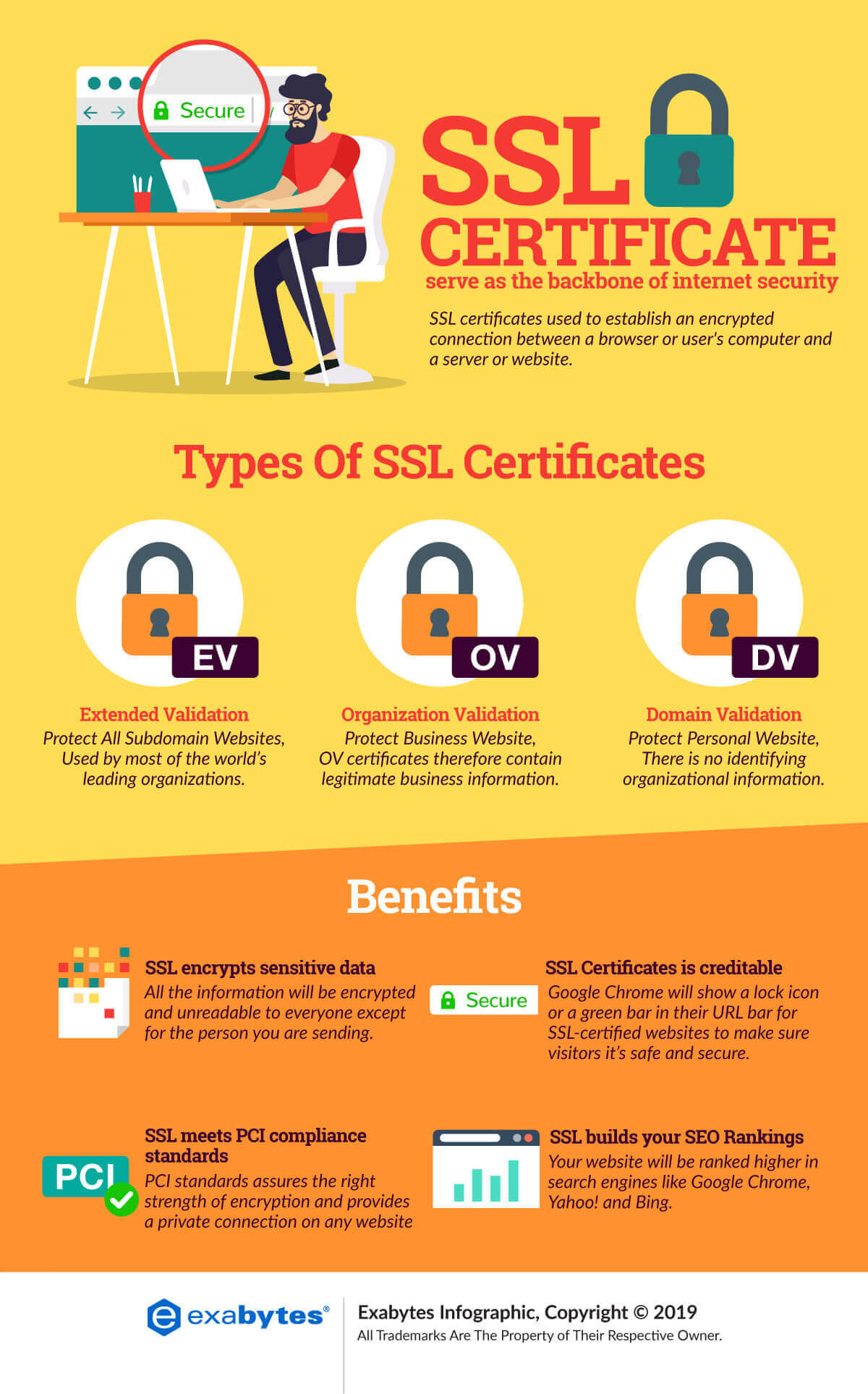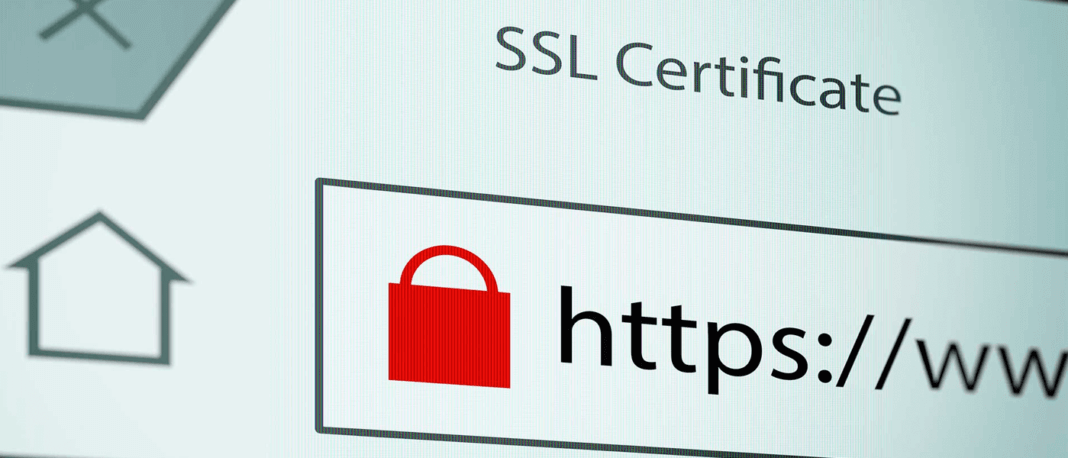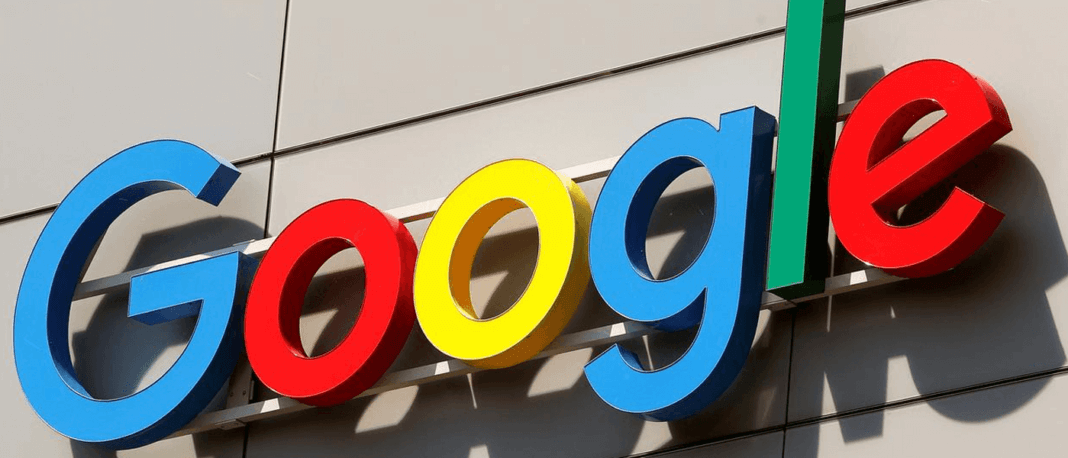The Internet is important for many reasons, and it affects and facilitates nearly every aspect of modern life. We turn to the Internet for everything and the reliance on it is so much that it is hard for us to imagine life without it. The technology advances in Internet also brought about conveniences such as online shopping and banking.
Imagine one day that your bank account details or credit card information getting leaked to unauthorized Internet users or even malicious hackers. That would be worst than Thanos snapping his fingers in the Avenger series. These attacks have become increasingly common in recent years, leading to an explosive rise in cybercrime.
To make sure that this nightmare will never happen, you should have a SSL certificate for your website. The padlock in the URL bar along with the website’s name will indicate whether the website you are browsing on is secure or not. The HTTPS (Hypertext Transfer Protocol Secure) in the URL will also indicate that the website is on a secured communication over a computer network. If this secure site seal or HTTPS URL is not displayed, the website is theoretically not safe to browse.
The fact is that you just cannot give SSL certification a miss if you want to drive more visitors. The blaring red symbol and the “Not Secure” label on the URL bar can cause visitors to leave your site immediately – especially when you are taking any personal information like names, addresses, credit card information, etc. In recent years, Google has also been encouraging the move to HTTPS encryption.
The team from Exabytes shares the types of SSL certificates and why you should invest in one in this nifty infographic.



![Which company logo attributes correlate with success? [Infographic]](https://www.techedt.com/wp-content/uploads/2019/05/Which-company-logo-attributes-correlate-with-success-1068x458.jpg)


